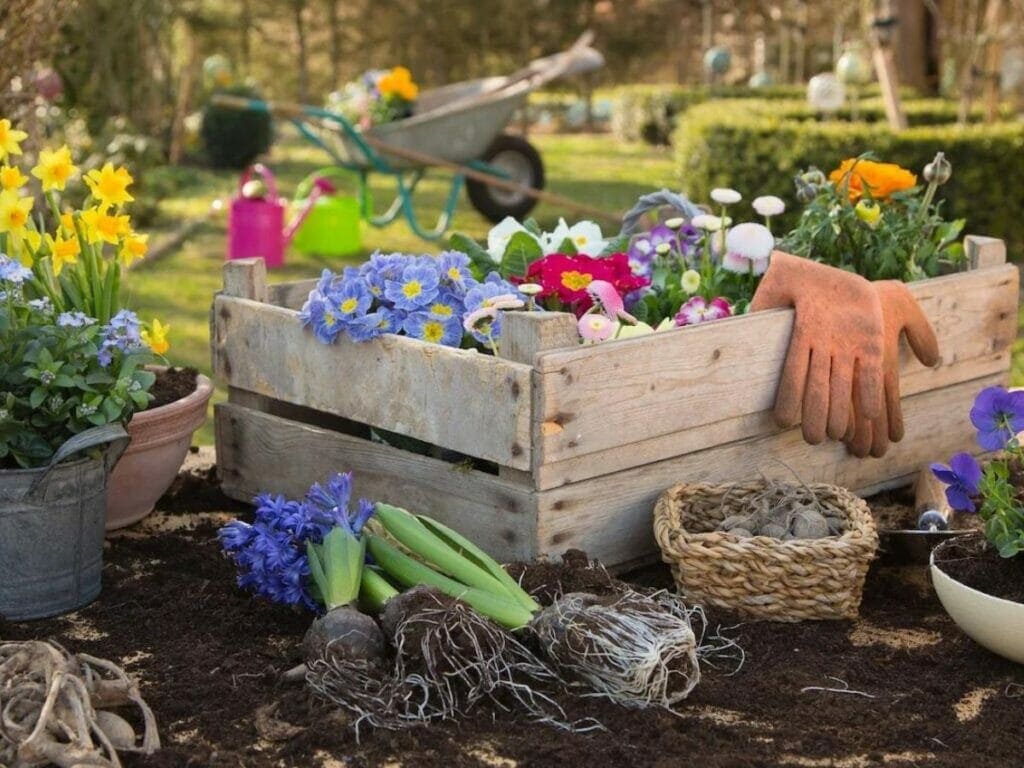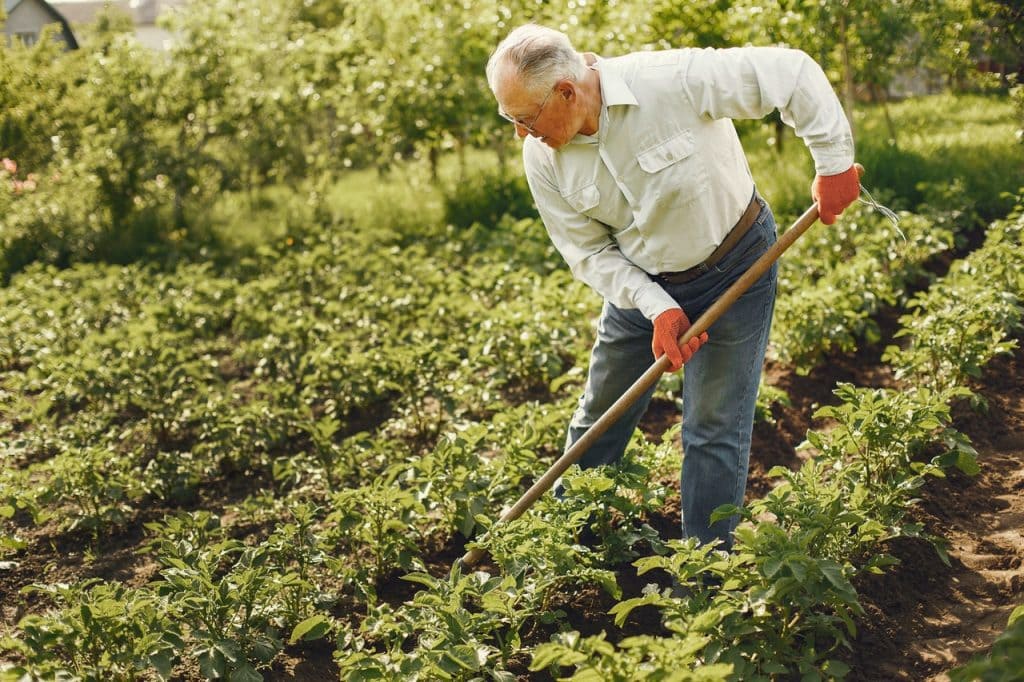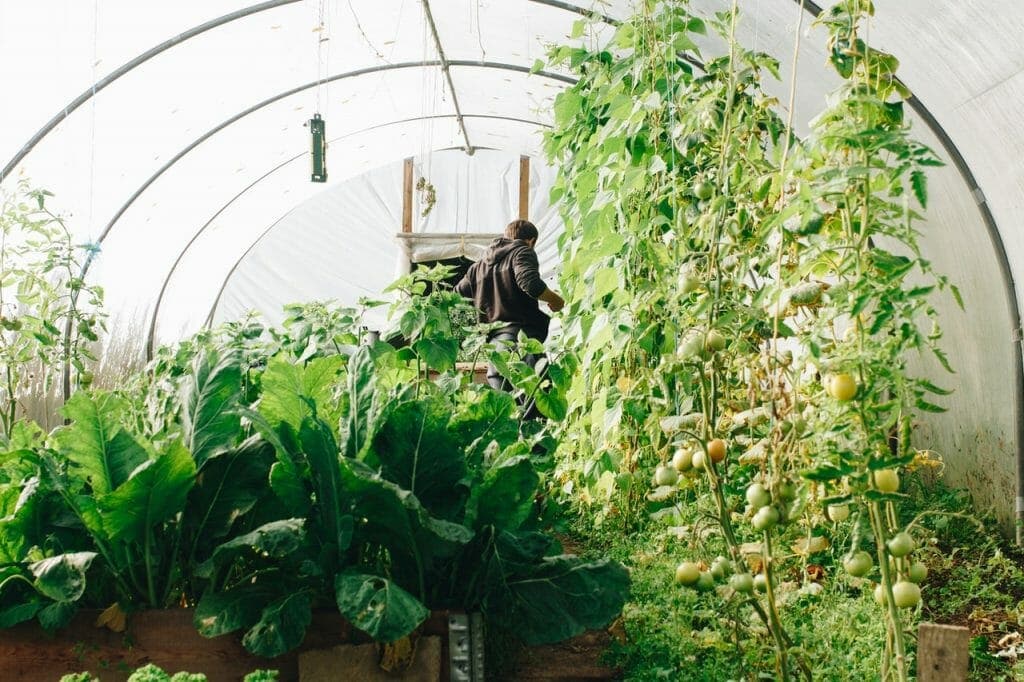Sunlight: The most important thing to remember when gardening is that most plants require six hours of sun a day. Read plant labels and do research on specific plants to find out the exact requirements. Different kinds of sun will affect certain plants differently. For example, a partial sun gardenia may not be able to handle afternoon direct sun, but will thrive in hazy morning sunlight.
Make a garden plan
When you’re starting a new garden, one of the most important things to do is make a plan. It’s important to know what will grow well in your space. It also helps to know what plants thrive in shade or boggy conditions. It’s also important to plan for future changes and ensure that your plans are flexible.
Before ordering plants, make a plan for what you want your garden to grow. Consider what vegetables you want to grow and what season you want them to bloom. Also, think about how much space you have. If you have a small plot, you may want to start with some vegetables and add some annuals for color and interest. If you have a large area, you might want to add some wildlife-friendly plants as well. You may also want a pond or stream to provide shade.
Once you’ve measured your space, you can make a garden plan. Using a spreadsheet to map out your garden is both fast and fun. To get an accurate plan, you need to know how long each row is. You should also assign row space to different plants. Be sure to list how many plants you want to grow per type. Remember to leave space between rows for aisles.
Keep garden records
Gardening record-keeping can improve your practice and experience as a gardener. There are many types of records to keep, so consider which is right for you and your gardening needs. Also, consider the constraints you face when keeping garden records. If you like to stay organized and like to make lists, you may choose to keep your records on a computer.
Another way to keep track of your garden is to take photographs of the plants you’re growing. This can help you remember what they looked like when they were first planted. It may also be helpful for diagnosing sick plants and making plans for the future. If you have photos of your plants over time, you can compare the results.
Another way to keep track of your garden is to keep a garden journal. This will help you remember what you did right and wrong in the garden. A journal can also help you keep track of pests.
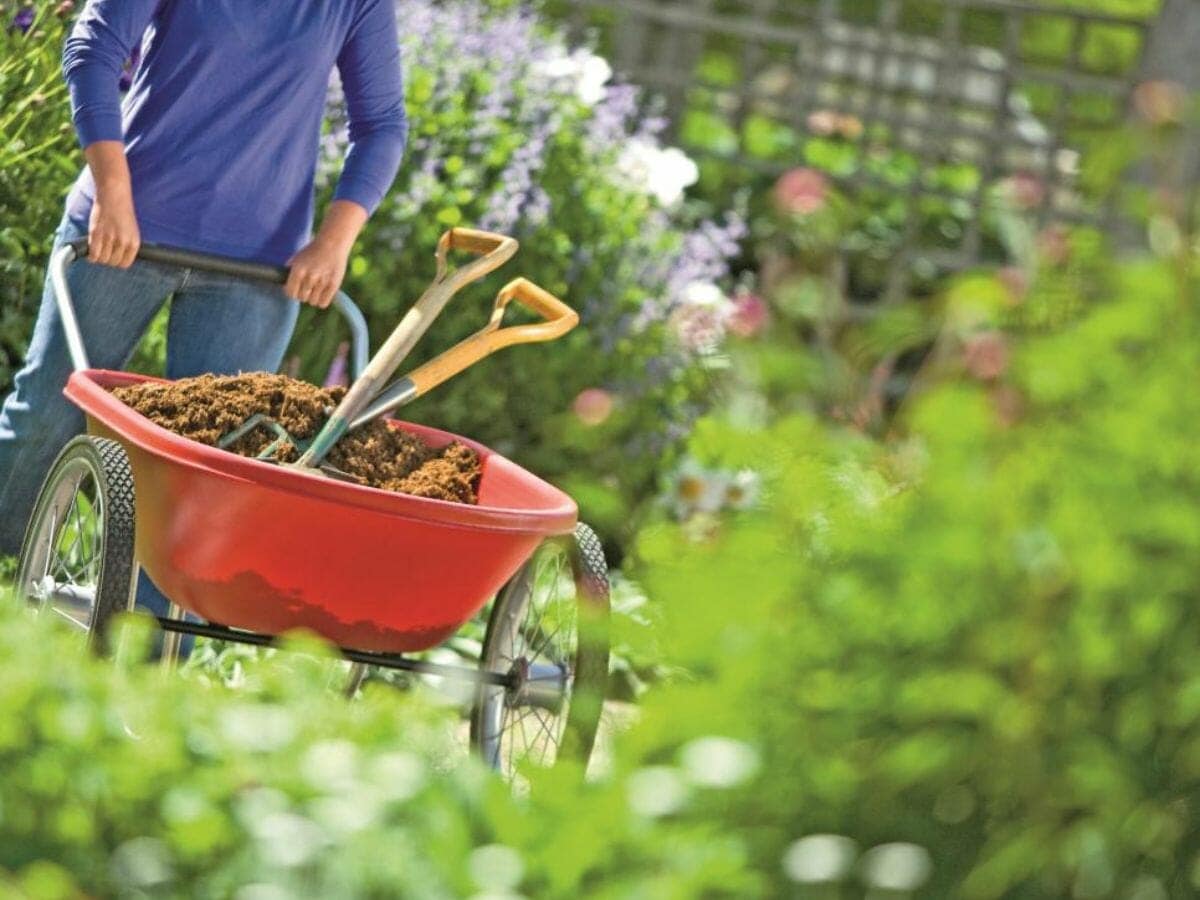
Save seeds
Saving seeds from your garden is an excellent way to avoid spending money on seedlings, and it’s also a great way to ensure your garden will produce your favorite plants year after year. It’s also a great way to ensure that you have access to heirloom varieties, which have been around for several generations and produce fruits or vegetables identical to the parent plant. Examples of heirloom varieties include Brandywine tomatoes, Amish Paste potatoes, Blue Lake green beans, and Danvers Half-Long carrots.
Seeds from certain plants are easily stored for later use, and the easiest crops to save are peas, beans, lettuce, and peppers. Peppers are very easy to save seeds from, as they self-pollinate. However, if you want to avoid cross-pollination, plant two different varieties of pepper. When harvesting bell peppers, shake them gently in a jar and watch the seeds fall to the bottom of the jar. The good seeds will sink to the bottom, while the ones that are not worth saving will float to the top.
While saving seeds from flowers is simple, it’s important to know how to pollinate them successfully. Many gardeners use different strategies to ensure that their plants get the pollination they need. For example, some planters will grow two or more varieties of flowers on opposite ends of the property, so that pollination can take place naturally. In some cases, they’ll place plastic bags over some of their flowers so that they don’t have to worry about pollination.
Improve the quality of your garden soil
One of the best ways to improve the health of your garden soil is to add organic matter to it. This will improve the aeration and drainage of your soil. It will also allow plant roots to grow easily. Ultimately, improving the quality of your soil is crucial to improving the health of your plants. Soil can be improved in a variety of ways, but composting is the most effective.
Composting is a simple and cheap way to improve the quality of your garden soil. Adding a layer of compost every year will reduce the need for any other soil amendments. Plant-based composts contain less salts than animal-based composts, making them a better option for improving your soil. In addition to compost, surface mulch can also act as a soil amendment. As mulch breaks down, it can be dug into the soil, providing nutrients and water for plants. In addition, an annual routine of digging in organic mulch will result in a good quality garden soil.
A healthy garden soil should be full of organic life. If your soil is degraded, it will be difficult to grow food, and your garden will not last long. Investing in soil health is an investment you can’t afford to skip.
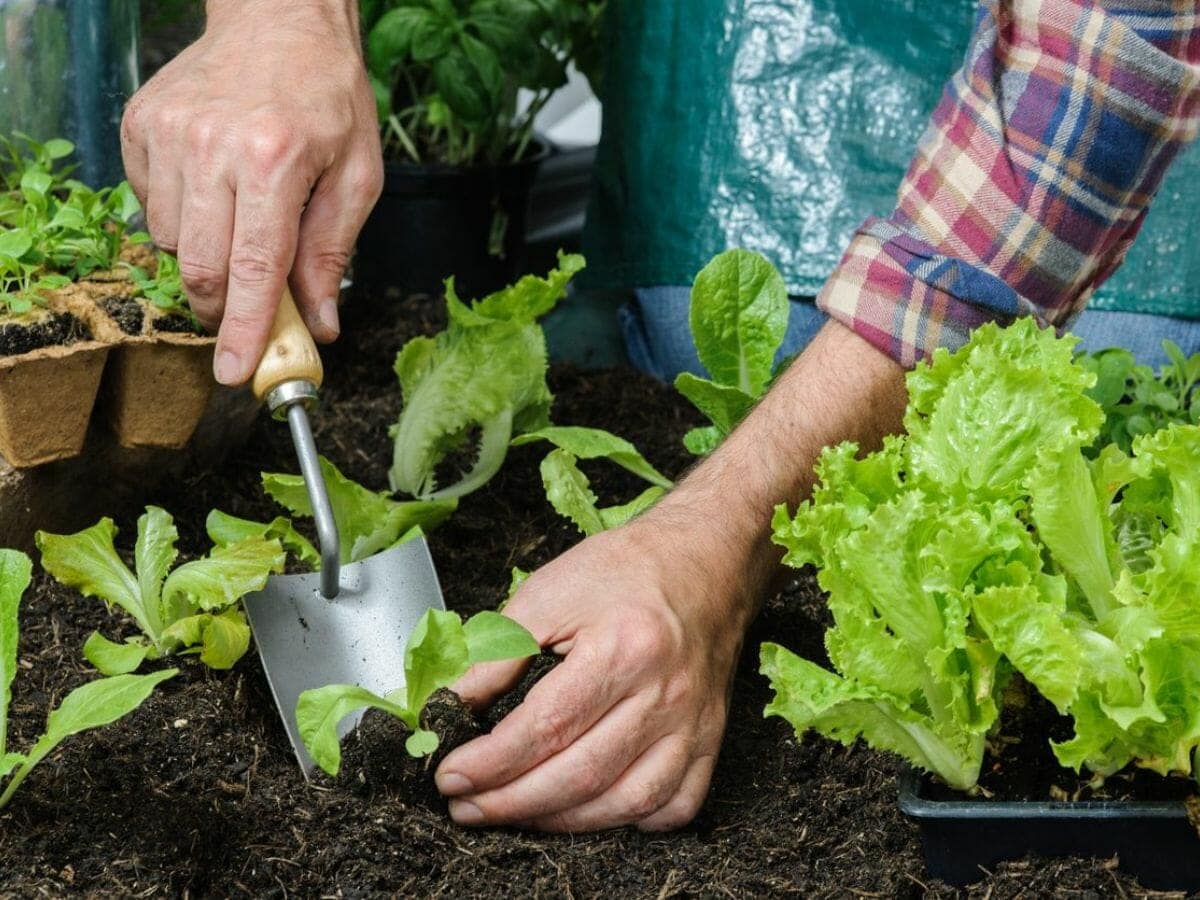
Go vertical in the garden
If you have an arbor, trellis, or old ladder, you can create a vertical garden by using them as containers. If you don’t have such items, you can make your own containers from old pots, coco coir basket liners, or even a hanging shoe organizer. You can also buy soil and support materials and use them to grow plants in a vertical manner.
Vertical gardening can transform a tiny space into a beautiful flower garden. For instance, a rusty metal fence can become a vertical garden by attaching a simple metal or plastic container with an s-hook. You can grow plants, herbs, and even edibles in these containers. Whether you choose to grow annuals, edibles, or both, vertical gardening is an excellent way to use space you would otherwise waste.
When choosing containers, keep in mind the size of the plants you want to grow. Many annuals and small perennials are perfectly suited to a pocket-sized felt planter, while larger perennials need a deeper container. Generally, they will need a pot eight inches in diameter, although many will grow in smaller pots.
Try succession planting
Using succession planting will allow your garden to mature in an orderly fashion. However, you’ll need to be familiar with your plants and your gardening climate to make the most of it. To learn more about your growing conditions, consult your local garden store or cooperative extension service. For example, you should know the average date of the last spring frost. You should also know how long the growing season is.
One crop that is easy to succession plant is lettuce. Choose a lettuce that grows well in cool temperatures in spring and early summer. Once the lettuce has reached maturity, follow it with Asian greens such as pak choi and kale. Many seed companies have helpful succession planting charts to help you plan your garden.
Although succession planting relies on direct sowing seeds, Meg is looking into ways to reduce the amount of seed starting that she does indoors. By doing this, she plans to minimize her use of peat, which is an ingredient in most seed starting mixes. Peat is not sustainable, and the harvesting of peat destroys peat bogs, which are critical carbon sinks.
Plant compatible combinations companion plant
Planting compatible combinations helps your plants grow more efficiently. For example, tall plants should be separated by low-growing plants, and drought-tolerant plants should not be grouped together. Companion plants also provide shelter from harsh weather conditions. They can also offer protection to your plants from pests and nematodes. Another great benefit of companion planting is that companion plants attract beneficial insects, such as bees.
Planting two different types of plants close to each other is called companion planting, and the most important thing to remember is to plant them next to each other. Not only will this ensure you grow a greater variety of your plants, but it will also help you tackle some common gardening problems. Companion plants attract beneficial insects and repel pests.
Companion plants attract pollinators and make your garden more attractive. In addition to this, they also enhance the environment. Companion plants may provide shade or support to growing plants, and some may even help control the growth of weeds or reduce water loss. A companion plant will also act as a protective barrier for your plants against hungry animals.
Conclusion
Plants are the backbone of life on earth and they serve many purposes. They produce food, air, water, and habitat for animals and humans. They can even cure certain illnesses and are used as medicine. Moreover, plants are important for our health and you can help the environment by preserving them. Therefore, celebrating the world’s plants and helping them to thrive is very important. In order to do this, you should know their functions.
Gardening takes time, and the best results can be obtained by paying attention to every detail. It is also an excellent exercise for the body and the mind. Finally, gardening helps you learn to be patient. It takes a lot of energy and patience to nurture a fragile plant, such as a begonia.

